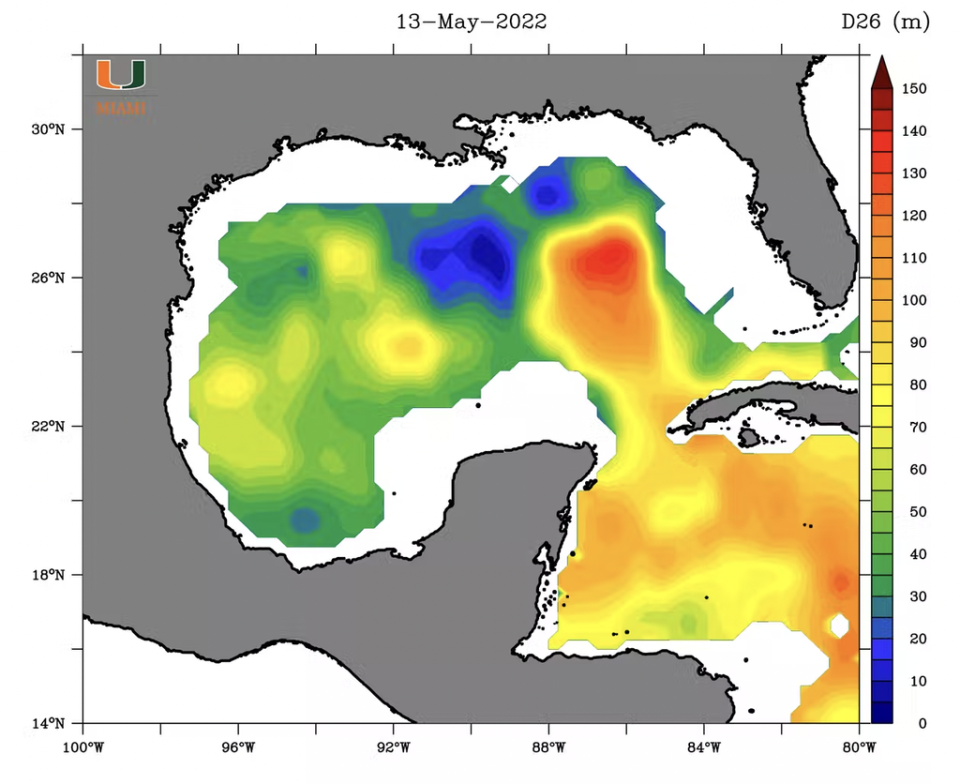Loop Current forecasts devastating Atlantic hurricane season — mirroring Hurricane Katrina conditions

Scientists surveying ocean heat content are warning that this year’s Atlantic hurricane season could be particularly intense.
With hurricane season slated to begin on June 1, the all-important Loop Current — a current of warm tropical water conducive to super-charging tropical storms — has made it unusually far north into the Gulf of Mexico.
That spells trouble. University of Miami professor of oceanography Nick Shay wrote Wednesday inThe Conversation that this year’s Loop Current looks “remarkably similar” to the way it did in 2005, when New Orleans was devastated by Hurricane Katrina and the Atlantic Coast dealt with seven major hurricanes.

One forecast Shay cites in his piece suggests that the coast could see as many as 19 tropical storms and nine hurricanes this year.
The conditions of the Loop Current suggest that some of those storms could cause significant damage. When storms pass over the Loop Current, they draw strength from the warm temperature of its water. When tropical storms hit water that is 78 degrees or warmer, they strengthen into hurricanes.
Hurricane Ida, which made landfall in Louisiana last August and was the most damaging hurricane since Katrina to hit the state, benefitted from those kinds of warm waters — the eddy that fueled it was 86 degrees and had heat down to 590 feet. Ida caused 30 deaths and $55 billion worth of damage in Louisiana, as well as deaths in six other states.

Tropical storms and hurricanes have become stronger in recent decades thanks to climate change, which has resulted in warmer water akin to this year’s Loop Current. A study published last year found that the likliehood of storms developing into Category 3 hurricanes or higher has increased by eight percent per decade since 1979. Another study, which reviewed the 2020 hurricane season, found that the storms produced more rain due to the effects of climate change.
Hurricanes are only one of the numerous natural disasters that have growing in frequency and intensity due to climate change, including wildfires, heat waves, and droughts. Numerous Western states are already sounding the alarm about the potential for the summer to be wraught with fire danger due to ongoing draught, while states across the country are bracing for scorching temperatures in the coming months.
Climate change has made it all the more critical that communities across the country prepare themselves for a range of natural disasters — and on the Gulf Coast and up and down the Atlantic, that means the possibility of an intense hurricane season this year.

 Yahoo News
Yahoo News 
